Sea-Bird Scientific was proud to partner with the Surfrider Foundation Seattle on July 12th, 2023, to clean up one of our local beaches to protect our waterways.
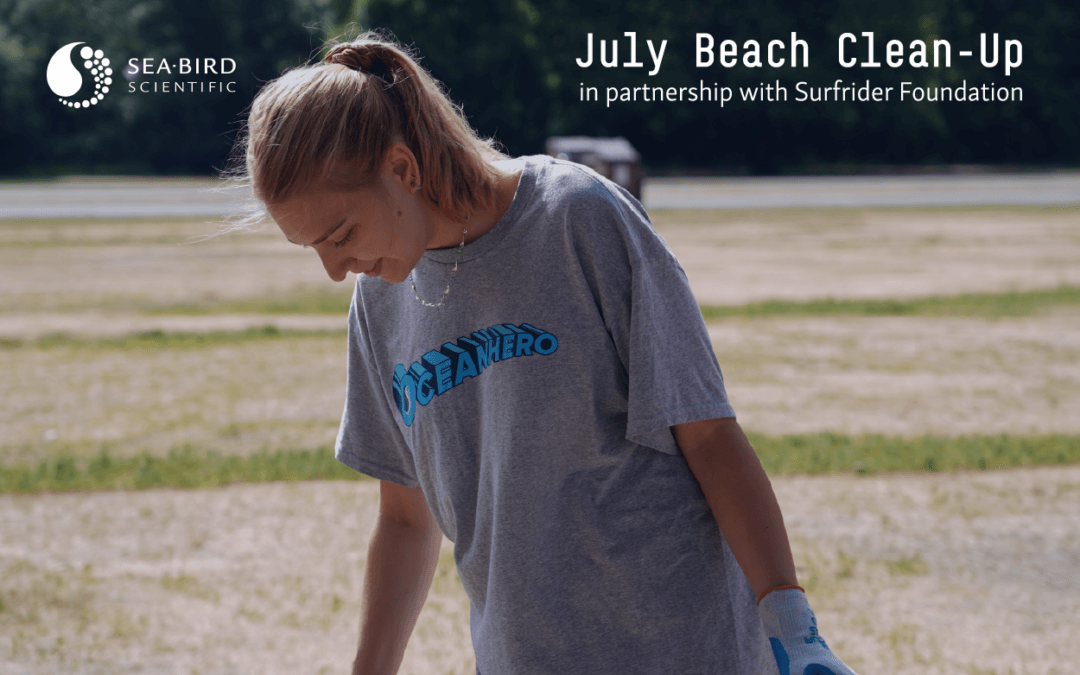

Sea-Bird Scientific was proud to partner with the Surfrider Foundation Seattle on July 12th, 2023, to clean up one of our local beaches to protect our waterways.
Sea-Bird Scientific was proud to partner with the Surfrider Foundation Seattle on July 12th, 2023, to clean up one of our local beaches to protect our waterways.
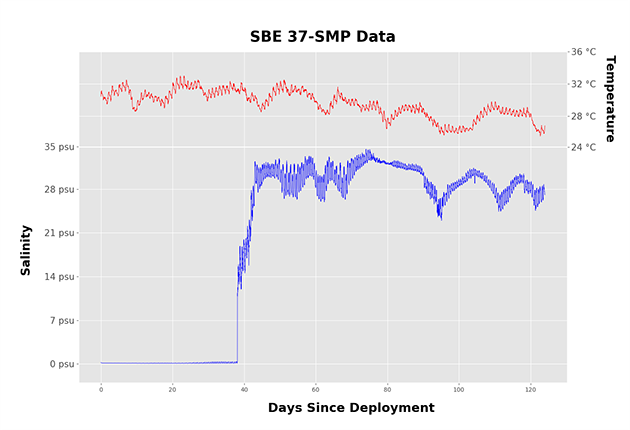
November 2018 Newsletter The figure above originated from an SBE 37-SMP MicroCAT moored CTD deployed in shallow seawater. On day 38, the salinity data appears to jump from a near-zero value, steadily increasing until around day 43, where it stayed around 30psu. Nearby...
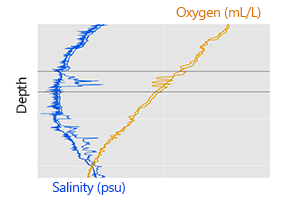
These data show a subtle problem that is producing “fuzzy” salinity and oxygen data. While the overall shape of the profile appears reasonable, small spikes are present throughout the CTD cast. The black lines encompass a particularly strange spot where both salinity...
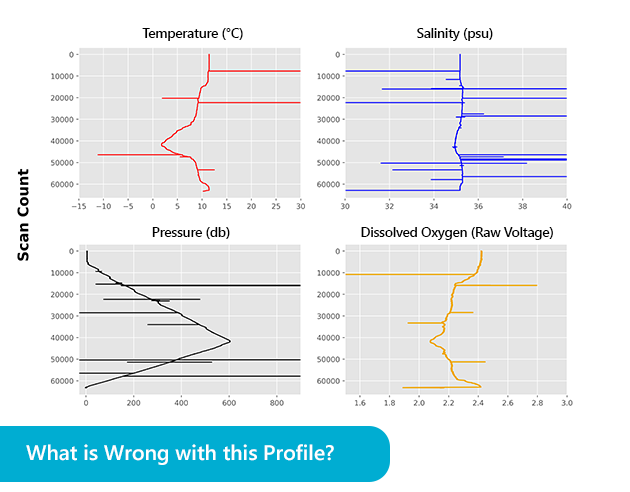
October 2018 Newsletter The four figures above come from the same 9plus CTD profile. As you can see, massive spikes punctuate the data stream and wreak havoc on data quality. While post-processing can filter out some spikes, they can also affect the CTD’s in-situ...
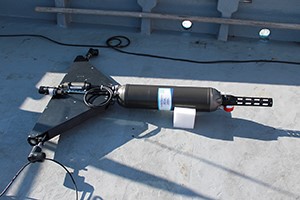
As remote sensing satellites orbit Earth, Sea-Bird Scientific and NASA are developing a tool to drift with ocean currents. The HyperNav, a combination of hyperspectral radiometers and a Navis profiling float, provides in-situ calibration and verification for ocean...
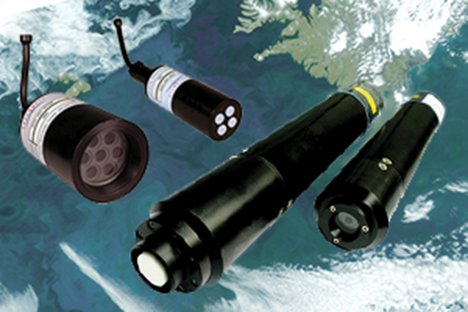
Scientists from around the world donned white jumpsuits and entered an unusual room. Inside, all furniture and walls were painted black, and very particular lamps emitted light directly into a device harnessed to a dark table. This was Laboratory Comparison Exercise 2...
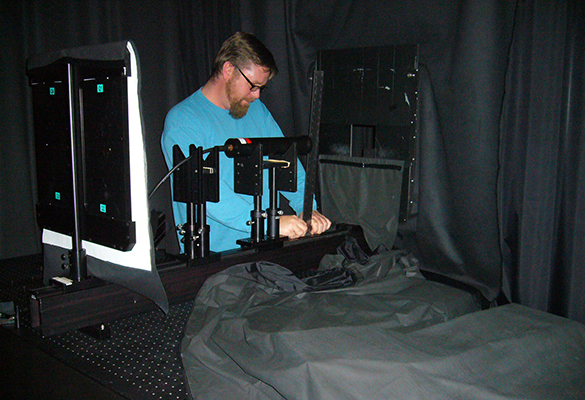
Positive pressure and sticky mats shun light-scattering dust from a room in Philomath, Oregon—the site of a new brand new radiometer calibration facility. As Sea-Bird Scientific’s facility in Halifax, Nova Scotia (formerly Satlantic) shuttered its doors, radiometer...
Sea-Bird Scientific at Ocean Business 2023Sea-Bird Scientific is excited to announce our exhibition at the Ocean Business Conference in Southampton, United Kingdom from April 18 – 20, 2023. Don’t forget to stop by and see us at booth #L9.We are excited...
We are more than ecstatic to announce the release of the NEW LED AC-S Spectral Absorption and Attenuation Sensor. It is the first of its kind, and a standalone transmissometer in the market. The AC-S provides in-situ optical data of beam transmission and absorption...
We're so excited to showcase Janelle Hrycik, PhD, a Sales Engineer here at Sea-Bird Scientific! A PADI certified diver, Janelle came to us with a BS in Marine Biology from Long Island University, and a PhD in Oceanography from Dalhousie University. Learn more about...